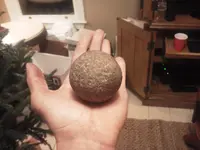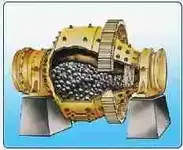rivernomad44
Full Member
random find at downtown party, guy asked me if i wanted to see something cool and was like sure, he knew nothing about me or my passion and from behind some wine bottles in the kitchen he pulls this out, and says "i found this in a field in wrens and thought it was to cool to leave there, somebody said it was made by the indians", my heart stopped because that and a full grooved axe are my dream artifacts, long story short i now own it and love it, enjoy






Upvote
0





